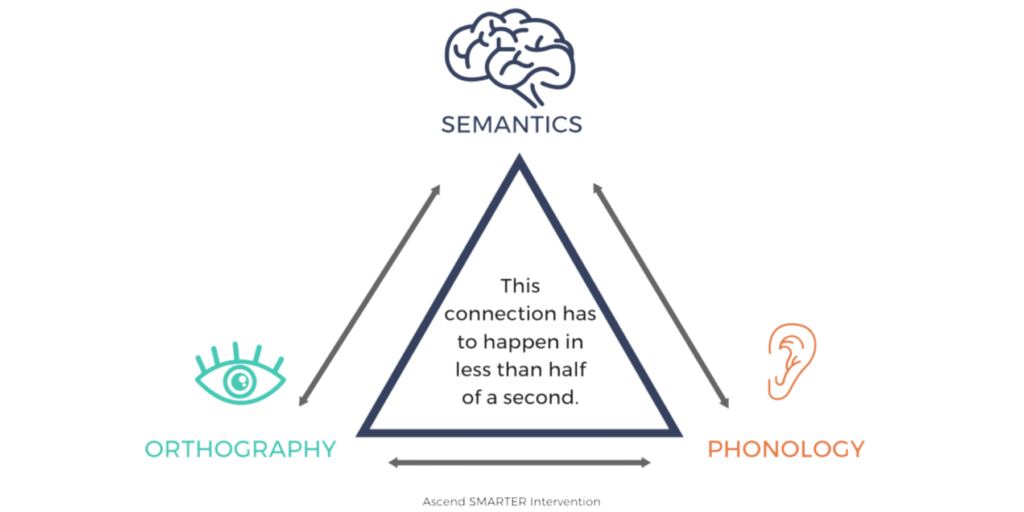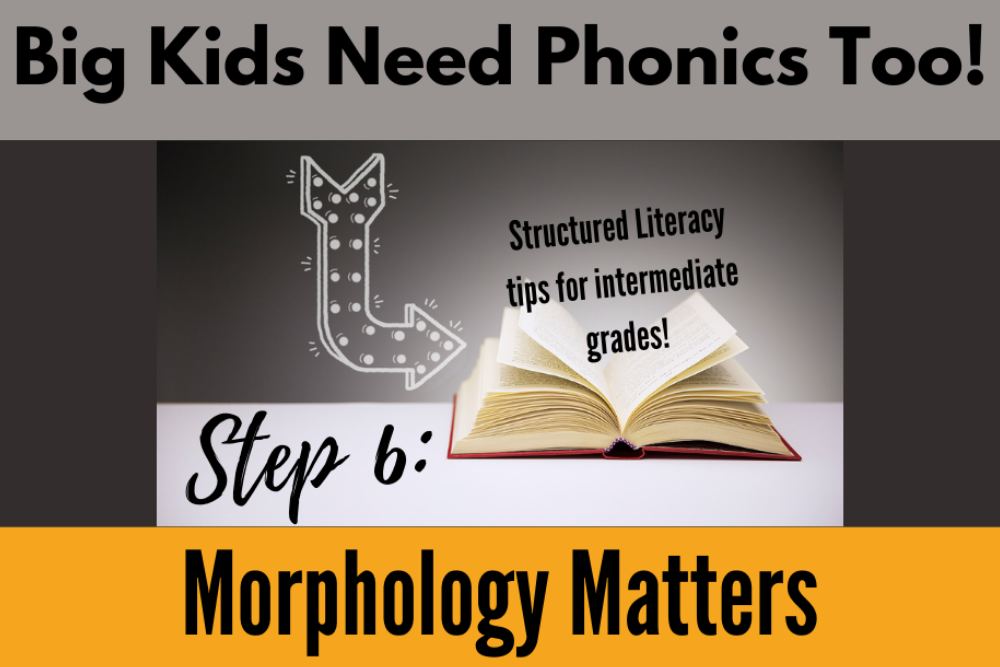The Reading Process

Children who are beginner readers or children with reading difficulties, including dyslexia, require explicit, systematic, evidence-based instruction in order to become fluent readers .
It is the opinion of Reading Express that there are five essential components to the reading process that a child needs to be proficient in to be a fluent reader. A great deal of research, including that of Dr. David Kilpatrick who is a leader within the science of reading community, has identified the following subsequence skills as necessary for children to become fluent readers. It is important to note that these skills should not be taught in isolation, rather they should be taught using a systematic approach that encourages the natural correspondence between them in the reading process.

Phonemic awareness. This is the ability to identify the individual sounds in any given word. For example, the word cat has three phonemes (sounds), /c/ /a/ /t/. The word car has two phonemes /c/ /ar/. Children need to be able to hear a word and break it into and manipulate these phonemic (sound) parts.
Phonological awareness. This is a complex set of skills, but to simplify the meaning, phonological awareness is an understanding of the correspondence between phonology (understanding the sound structure of any given language) and orthography (understanding the visual print we use to represent the sounds we speak). Reading instruction should focus on making the connection between the letters we see (orthography), to the sounds we hear (phonology), to the meaning structure (semantics- the meaning of the words we speak).1
Vocabulary knowledge. Children need to be able to hear/read/understand the meaning of words most of the time. If a child is spending too much of their energy trying to understand the meaning of the words they are reading, they will likely have difficulty understanding the main idea of the text. One easy way parents can build their child’s vocabulary is to read to them. Try reading both fiction and non-fiction text to them. Talk about unfamiliar words you come across. Ask them what they would like to learn about. Your local library is an amazing resource for finding books of their interest.
Fluency. Once children are using the above skills with some degree of automaticity, they are able to move towards reading fluently. A simple way to explain fluency is; a fluent reader, reads like they are speaking. They have developed the knowledge and skills to recognize words quickly and accurately. This means that the reader is more prepared to focus on the higher-order reading goals of comprehension and critical thinking. We want our children to be able to summarize, understand, think, and have meaningful conversations about what they are reading, but to do this, we first have to teach them how to read.
WHOA! That is a lot of intricate skills! Here comes the great news! Reading Express delivers explicit, systematic, evidence-based instruction and intervention in all these areas using a streamlines reading pathway developed By the Reading Simplified Academy. The activities, games and homework used By Reading Express will ensure reading progressions.





